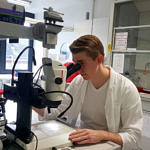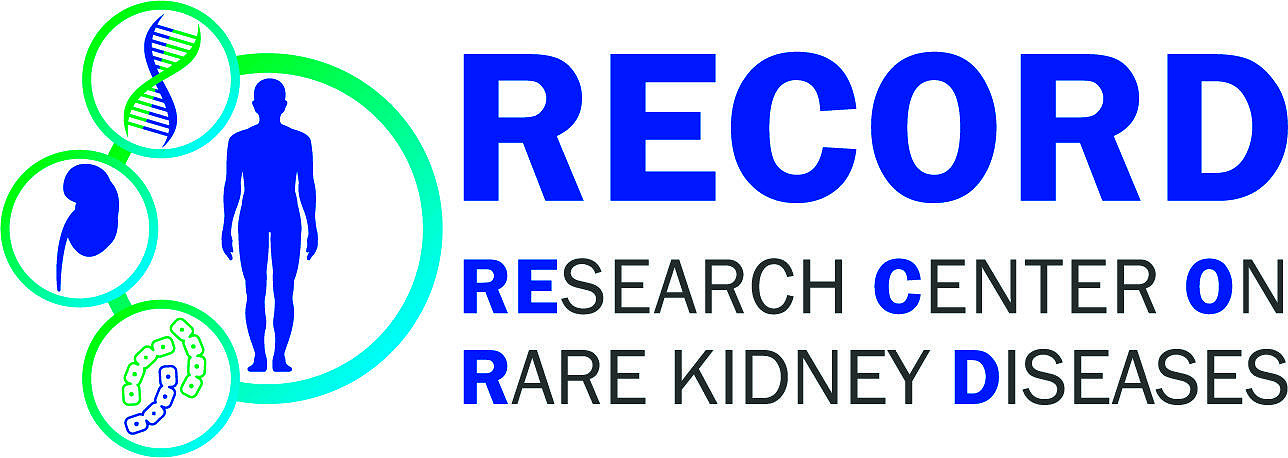 The Role of Lrp1 in Podocytes
The Role of Lrp1 in Podocytes
Wissenschaftliches Arbeitsprogramm (Abstract)
Nephrotic syndrome is a rare kidney condition affecting roughly 3 per 100.000 adults per year. It is marked by severe proteinuria and oftentimes leads to end-stage renal disease. Its pathophysiological hallmark is the effacement of podocyte foot processes, followed by podocyte detachment and loss. To this date, the exact pathomechanism of foot process effacement remains elusive.
Podocytes share many similarities with neurons. Both are terminally differentiated cell types, both exhibit cellular protrusion that rely on the actin cytoskeleton, and both heavily utilize endocytosis to maintain their health. Podocyte-specific mouse knockout models of proteins that are involved in clathrin-mediated endocytosis result in podocyte effacement and renal failure. In a previous work, I have identified multiple cargo proteins of clathrin-coated vesicles in cultured primary mouse podocytes (Groener et al., Kidney360 2020). Interestingly, a number of those bind to an endocytic scavenger receptor called Lrp1. This receptor has not yet been investigated in podocytes.
Germline knockout of Lrp1 in mice is embryonically lethal. However, multiple cell-specific knockout models have elucidated some tissue-specific functions of this versatile receptor. Neuron-specific deletion of Lrp1 lead to a reduction of dendritic spine density and number of synapses. Similarly, abrogation of Lrp1 in podocytes could result in disruption of foot processes as they represent morphological homologs to dendritic spines. Moreover, many binding partners of Lrp1, such as β1-Integrin, uPAR, Thrombospondin, and TGF-β play significant roles in podocyte health and injury. These findings point to Lrp1 as a potentially highly important receptor for glomerular diseases.
The goal of my project is to elucidate the role of Lrp1 for podocyte survival. I want to specifically focus on clathrin-mediated endocytosis of cargo proteins through Lrp1. For this, I am going to use in vitro models of podocyte injury and podocyte Lrp1 knockdown models. Another aspect is analyzing differences in expression and localization of Lrp1 in healthy and diseased renal tissue. Finally, I will examine the effects of Lrp1 stimulation and inhibition on podocytes. This could potentially establish Lrp1 as a pharmacological target for foot process effacement and subsequently, nephrotic syndrome.
